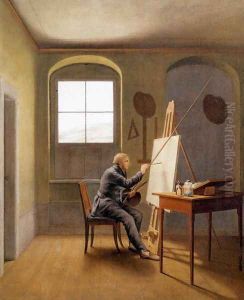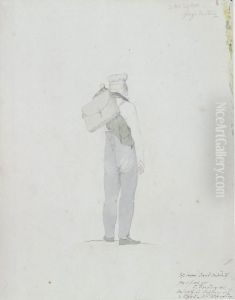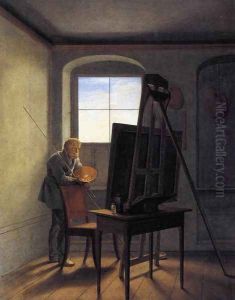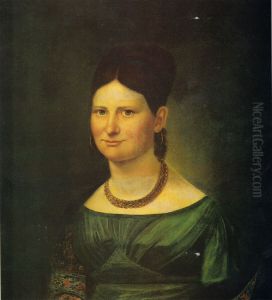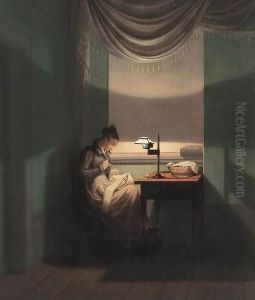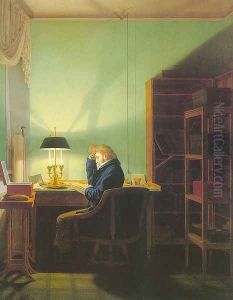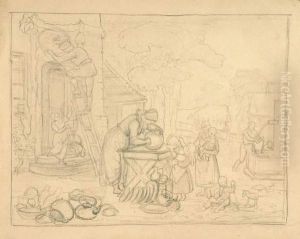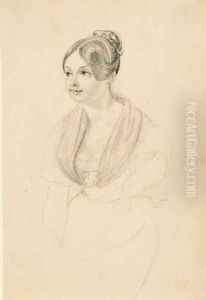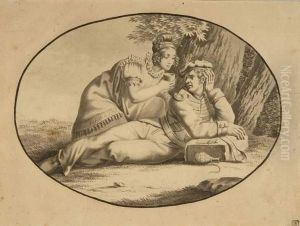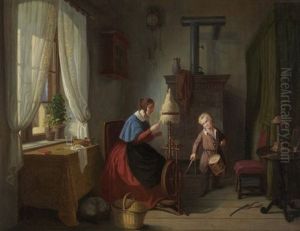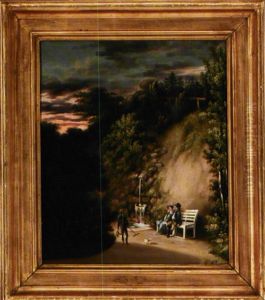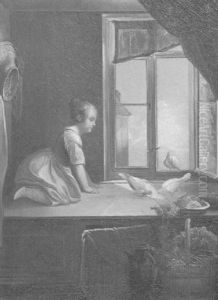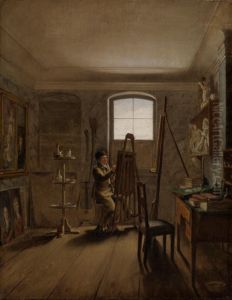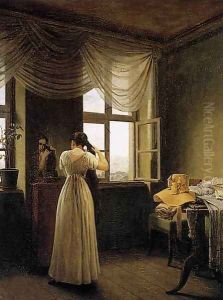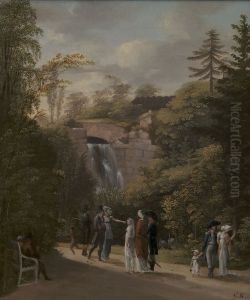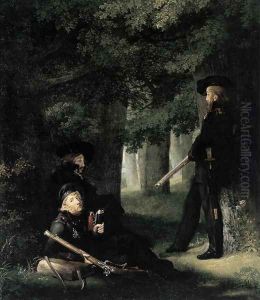Georg Friedrich Kersting Paintings
Georg Friedrich Kersting was a German painter, born on October 31, 1785, in Güstrow, Mecklenburg-Schwerin (now in Germany). He is associated with the German Romantic movement and is known for his interior scenes that featured figures in contemplative positions, often characterized by a meticulous attention to detail and the interplay of light and shadow. Kersting's works are notable for their quiet, introspective quality and the clarity of composition, which reflected the spirit of the Biedermeier era – a period in Central Europe between 1815 and 1848 that emphasized a middle-class sensibility and domestic tranquility.
Kersting studied at the Copenhagen Academy before moving to Dresden in 1811, where he became part of a circle of artists that included Caspar David Friedrich, with whom he shared a studio. He became particularly close to Friedrich, one of the leading figures in German Romanticism, and Kersting painted several portraits of Friedrich at work. His paintings often depict the ideals of Romanticism, focusing on the individual, nature, and the concept of the sublime.
During his life, Kersting also served as an officer in the Napoleonic Wars, an experience that influenced some of his works. After the war, he took up various teaching positions and in 1818 became the director of the gallery in the Royal Porcelain Factory in Meissen, where he worked until his death. His time at the porcelain factory led him to paint several scenes of artisans at work, which are among his most valued pieces today.
Kersting's works are characterized by their simplicity and the absence of unnecessary detail. He had a talent for capturing the quality of light and its effects on the interior space and objects, which gives his paintings a serene and contemplative atmosphere. Despite his artistic talents, Kersting was not particularly well-known during his lifetime outside of his immediate circle. However, his works have since gained recognition for their contribution to early 19th-century German painting.
Georg Friedrich Kersting passed away on June 1, 1847, in Meissen. His legacy lives on through his intimate and evocative paintings, which continue to be studied and admired for their contribution to Romantic art and their depiction of the Biedermeier period's ethos.
